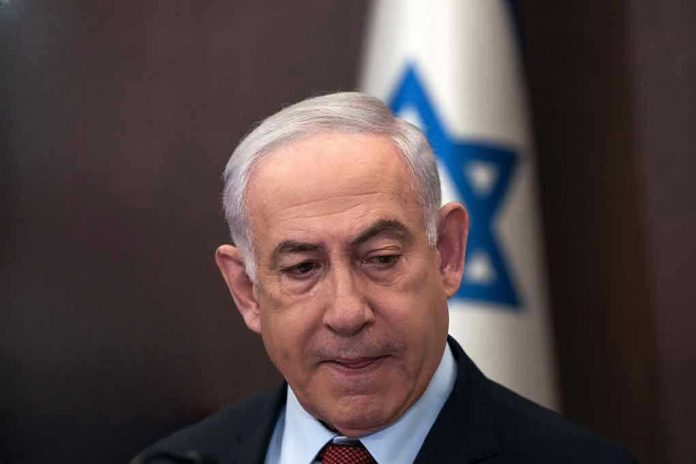
Israel’s planned military takeover of Gaza City in mid-September underscores escalating tensions, sparking concerns over potential for massive humanitarian fallout.
Story Snapshot
- Israel Defense Forces (IDF) plan a major operation in Gaza City.
- Reservists are mobilized, signaling a large-scale offensive.
- The operation aims to dismantle Hamas’s military infrastructure.
- Concerns rise over humanitarian impact and regional stability.
Israel’s Military Operation in Gaza City
In a significant escalation, the Israel Defense Forces (IDF) are preparing to launch a military operation to seize control of Gaza City, expected to begin in mid-September 2025. This move follows the mobilization of reservists, who are set to report for duty in early September. The operation is aimed at dismantling Hamas’s military capabilities, marking a decisive phase in Israel’s ongoing conflict with the militant group.
This operation is being framed as a necessary measure to ensure Israel’s national security, amidst ongoing threats from Hamas. However, the densely populated nature of Gaza City, with over 500,000 residents, poses significant humanitarian risks. Military analysts warn of the complexities involved in urban warfare, drawing parallels to past operations such as Operation Cast Lead and Operation Protective Edge.
Historical Context and Stakeholders
The roots of the Israeli-Palestinian conflict in Gaza trace back to the mid-20th century. Gaza has been under Hamas control since 2007 after a violent split from the Palestinian Authority. Israel and Hamas have engaged in continuous conflict, with major escalations in recent years. The current operation is part of Israel’s broader strategy to weaken Hamas’s hold on Gaza.
Key stakeholders in this conflict include the Israeli government and military, Hamas, the Palestinian civilians in Gaza City, and the international community. Each party has its motivations, with Israel seeking to eliminate threats, Hamas aiming to maintain control, and civilians caught in the crossfire, hoping for safety and stability. International actors, including the United Nations and the United States, are concerned about the humanitarian impact and regional peace.
Implications and Expert Perspectives
The anticipated military operation in Gaza City carries both short-term and long-term implications. In the short term, there is a high risk of humanitarian crises, with potential for mass displacement and infrastructure destruction. The urban setting increases the likelihood of civilian casualties, drawing international condemnation.
Long-term, the operation could alter the power dynamics in Gaza, potentially weakening Hamas but also risking a power vacuum that could lead to further instability. Experts from humanitarian and political organizations highlight the need for civilian protection and caution against the operation’s potential to fuel further radicalization. The operation also poses risks to the peace process, potentially derailing efforts for a two-state solution.
Sources:
Haaretz, “IDF Prepares for Major Gaza City Operation,” August 2025.
Times of Israel, “Israel to Mobilize Reservists Ahead of Gaza Offensive,” August 2025.
Reuters, “Israel Plans Gaza City Ground Operation,” August 2025.
BBC News, “Gaza Braces for New Israeli Offensive,” August 2025.
UN OCHA, “Humanitarian Impact of Gaza Conflict,” Situation Reports, 2024–2025.
International Crisis Group, “Gaza: The Risks of Urban Warfare,” 2025.
Al Jazeera, “Hamas Vows to Resist Israeli Incursion,” August 2025.









